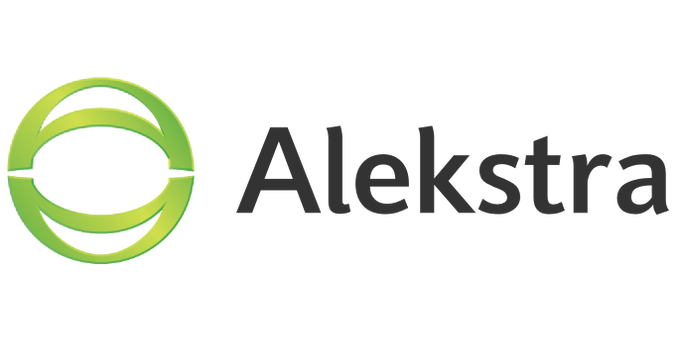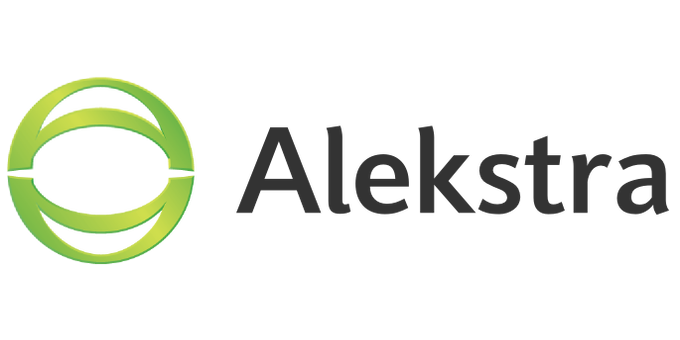Big differences between Finnish Android smartphone and iPhone owners
Alekstra has studied the behavior of Finnish Android smartphone and iPhone owners and the results are rather interesting. In November 2012, Android owners consumed 2.07 GB of mobile data – nearly twice the 1.05 GB that iPhone owners consumed. There are several possible reasons for the discrepancy. Android users tend to be younger than iPhone users, so they may use their smartphones more often outside home WiFi access and could be heavier users of video-streaming applications. Operator pricing of monthly packages offered to Android smartphones often differ from iPhone packages and this could be another important factor.
The mobile voice and SMS consumption presents a mirror image – Android smartphone owners have notably lower usage rates than iPhone owners. It is possible that Android owners use cross-platform messaging and video-sharing applications that undermine both voice calls and text-messaging. The iPhone owner SMS consumption is dropping at a rapid rate, though; from 90 messages per month at the beginning of 2012 to below 70 messages a month at the end of the year. The Android smartphone owners have already gone down to 50 SMS per month level, far below where feature phone average SMS consumption level was in Finland a few years ago.
The statistics were compiled from randomly selected group of more than 1’000 Ratemizer application users on Android and iPhone platforms. Ratemizer helps smartphone owners to lower their mobile bills by analyzing their voice, data and SMS consumption patterns. The application is now available on both Google Play and iTunes.




